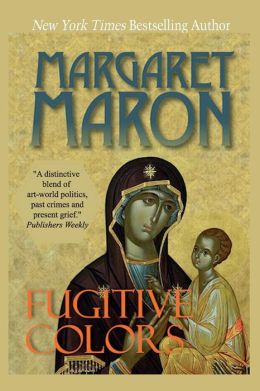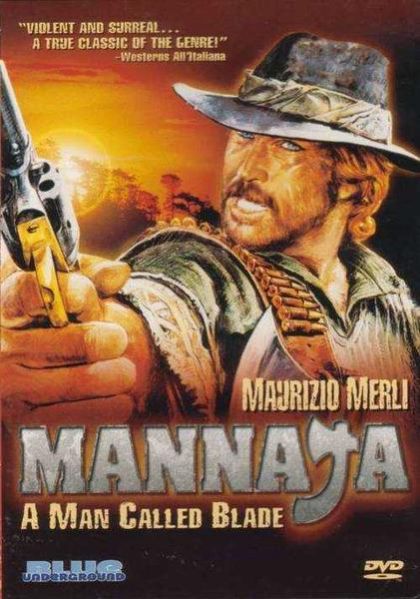
from the New York Times
Jeremiah Healy, Who Created Boston Private Eye,
Dies at 66
Share This Page
Jeremiah Healy, an acclaimed mystery writer whose
best-known creation, the conflicted private investigator John Francis Cuddy,
was a Vietnam veteran who solved crimes and confronted sensitive political
issues with compassion, wit and the occasional burst of violence, died on Aug.
14 in Pompano Beach, Fla. He was 66.
His fiancée, Sandra Balzo, said Mr. Healy
committed suicide and had suffered from depression for many years.
Mr. Healy, a Harvard Law School graduate who
began writing his books while teaching law, introduced Cuddy with the
publication of his first novel, “Blunt Darts,” in 1984. He went on to write a
dozen more and two short-story collections about the jaded but earnest sleuth
who typically plied the waterfront and back streets of Boston. Many of the
books were finalists for the Shamus Award, given by the Private Eye Writers of
America, and one, “The Staked Goat” (1986), won it.
John Cuddy was a former military police officer
and widower who read deep into newspapers and took long, thoughtful jogs across
his historic city. He killed when he needed to kill, but readers were as likely
to remember his vivid observations of the people and places he knew as they
were the violence.
“The morgue was built back in the ’30s,” Mr.
Healy, in Cuddy’s voice, wrote in “Rescue” (1995). “It was almost new in
November 1942, when the bodies from the Coconut Grove fire were taken there by
the hundreds, at least as many people standing in line outside the mortuary
that next Sunday morning, waiting to identify friends and loved ones. Now,
though, the morgue was literally falling down on the pathologists and
technicians who work inside it, gaps in the hung ceiling where the rectangles
of Styrofoam have crumbled onto the examining tables and slabs.
“They’ve been talking for years about moving the
place out to Framingham on state-owned land that would be a cheaper site than
building or renovating in Boston. Until then, the medical examiner struggles
with an inadequate budget and a pared-down staff and conditions more
appropriate to the end of the 19th century than the predawn hours of the 21st.”
Mr. Healy explored topical issues, including
assisted suicide in “Right to Die” and urban-rural divisions in “Foursome.” He
wrote about date rape, racism, AIDS and homelessness.
Reviewing “Shallow Graves” in The New York Times
in 1992, Marilyn Stasio called the Cuddy books a “superior series” and cited
Mr. Healy’s “mousetrap timing and tight plotting.”
“Using fine brush strokes when he likes his
subject and sharp pointillist jabs when he doesn’t,” Ms. Stasio wrote, “the
author executes one of his better studies on Primo T. Zuppone, a mob enforcer
whose aesthetic sensibility belies his skill at smashing kneecaps. ‘Cuddy,’ he
advises the detective, ‘you got to look for the art in life.’ If Cuddy doesn’t
quite get the message, we do.”
Jeremiah Francis Healy III was born on May 15,
1948, in Teaneck, N.J. He graduated from Rutgers University in 1970 and from
Harvard Law School in 1973. He worked in private practice for several years
before joining the faculty of the New England School of Law in Boston, where he
taught from 1978 to 1996.
Mr. Healy wrote a few novels that were not part
of the Cuddy series, and he wrote a separate three-book series, under the
pseudonym Terry Devane, that featured a young lawyer, Mairead O’Clare, whose
toughness was evident in high school, where she made the boys’ hockey team.
In addition to Ms. Balzo, Mr. Healy’s survivors
include a sister, Pat Pinches. His marriage to Bonnie M. Tisler ended in
divorce.
Mr. Healy, who lived in Pompano Beach, was a past
president of the Private Eye Writers of America and the International
Association of Crime Writers.
Like some mystery writers and so-called midlist
authors, he began struggling to find publishers when the industry began
contracting in the late 1990s. The last Cuddy book, “Spiral,” was published in
1999 and took place mostly in Florida.
Ms. Balzo, who also writes mysteries, said Mr.
Healy had drafted two screenplays in recent years and was planning to revive Cuddy
in a new book. Research material for it occupies seven feet of shelf space in
his office, she said.





